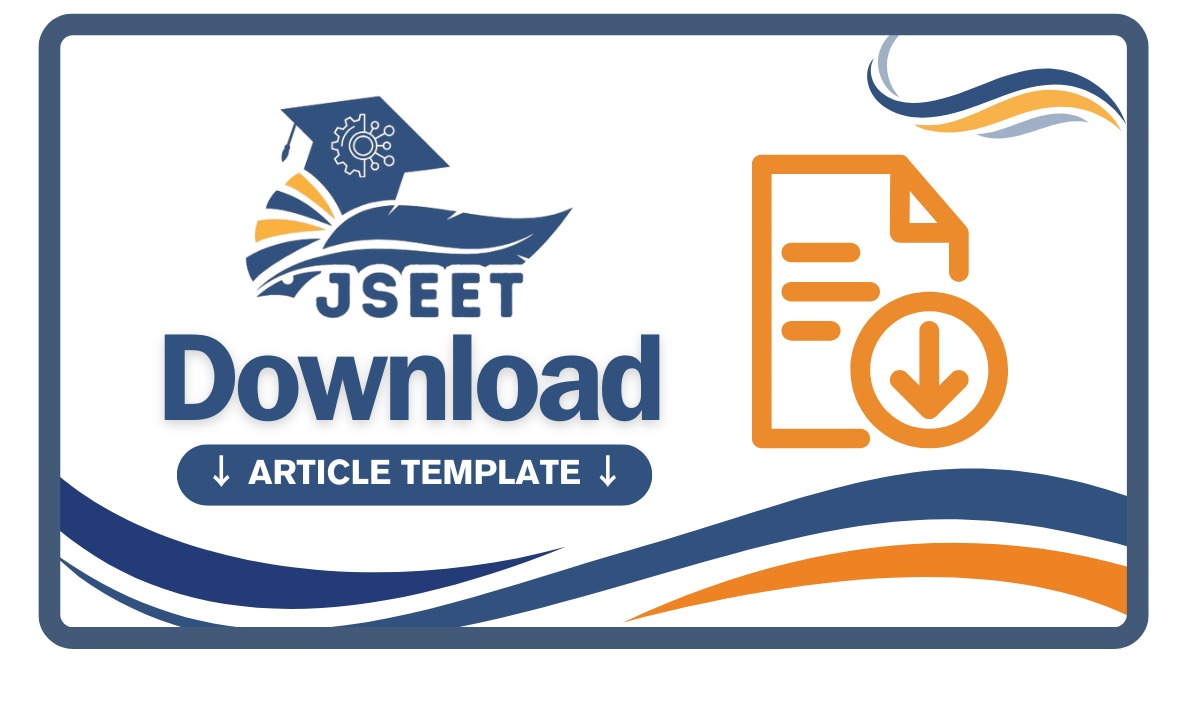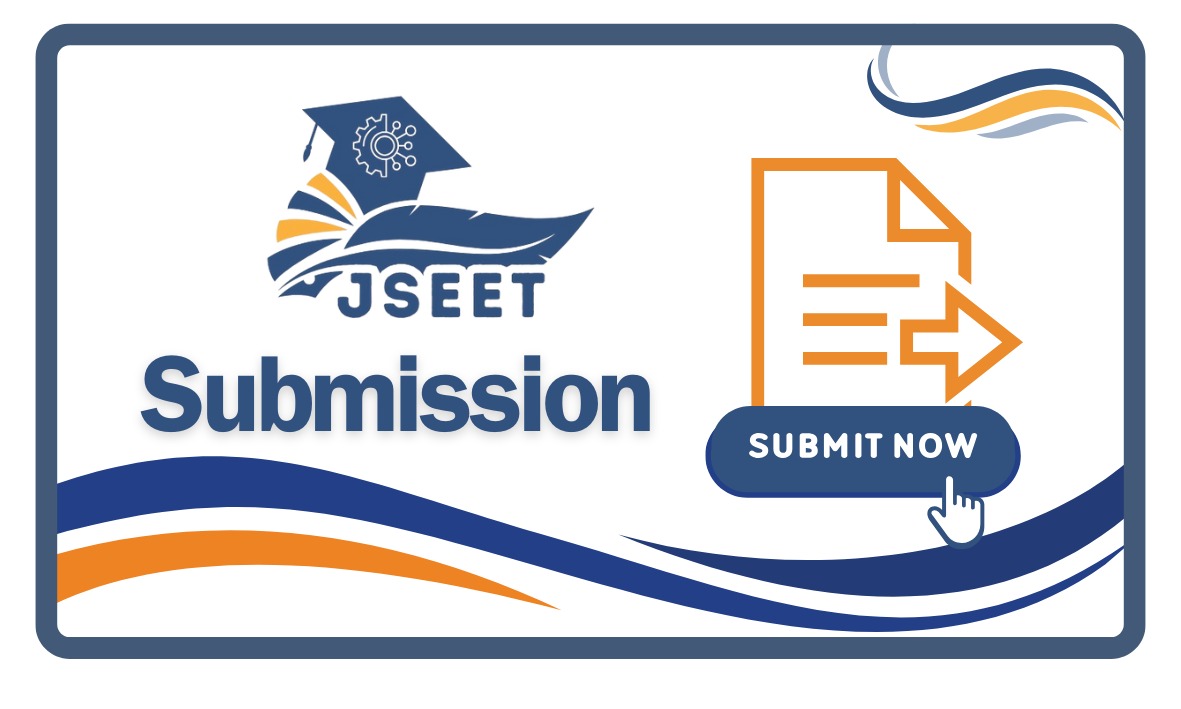Screening Plagiarism
Papers submitted to Journal of Smart Education and Emerging Technology (JSEET) are screened for similarity using Turnitin / iThenticate. JSEET will immediately reject manuscripts that indicate plagiarism or self-plagiarism.
Editorial Similarity Screening
Before peer review, each submission is checked by the editorial team using similarity detection tools. The paper must show a similarity index of less than 25%. The editorial team assesses similarity contextually (e.g., excluding standard phrases, references, or properly quoted text when appropriate) and may request clarifications or revisions when needed.
Definition of Plagiarism
Plagiarism is presenting another person’s ideas or words as one’s own without permission, credit, or acknowledgment, including failing to cite sources properly. Plagiarism ranges from literal copying to inadequately attributed paraphrasing.
Forms of Plagiarism We Check
- Literal copying (verbatim). Copying text word-for-word, in whole or in part, without permission, acknowledgment, or proper citation. This is identified by comparing the manuscript with the original source.
- Substantial copying. Reproducing a substantial portion of another work without permission, acknowledgment, or citation. “Substantial” may be quantitative or qualitative—i.e., passages that hold significant value to the work as a whole.
- Inadequate paraphrasing. Taking ideas, words, or phrases and rephrasing them without proper citation or acknowledgment. This is often harder to detect but remains unethical when attribution is missing or insufficient.
Self-Plagiarism
Submitting identical or significantly overlapping content from the author’s previously published or submitted work without proper citation or disclosure is considered self-plagiarism and is not permitted.
Author Responsibility
- Ensure all borrowed ideas, data, figures, and words are properly cited and, where relevant, quoted.
- Use reference managers and plagiarism checks prior to submission to minimize unintended overlap.
- Disclose any prior dissemination (e.g., preprints) and cite appropriately.







 Email :
Email : 
